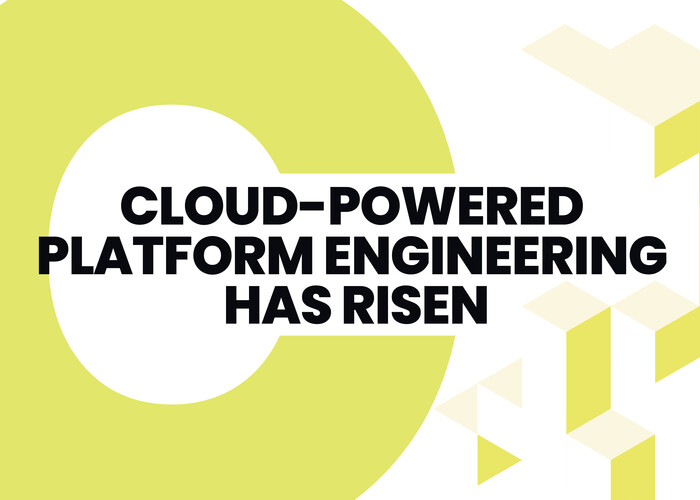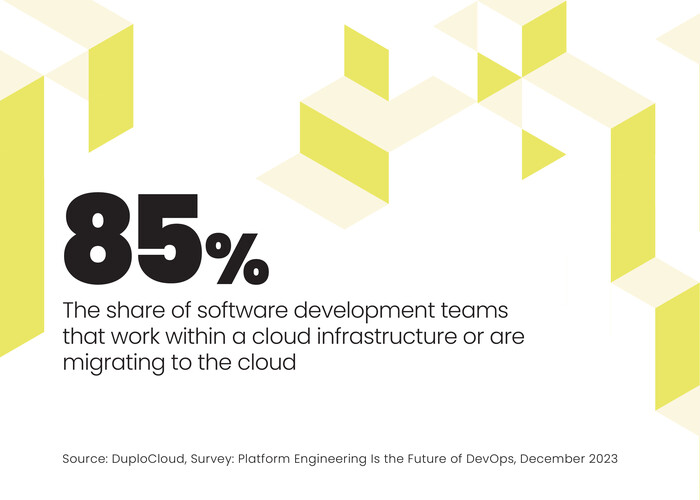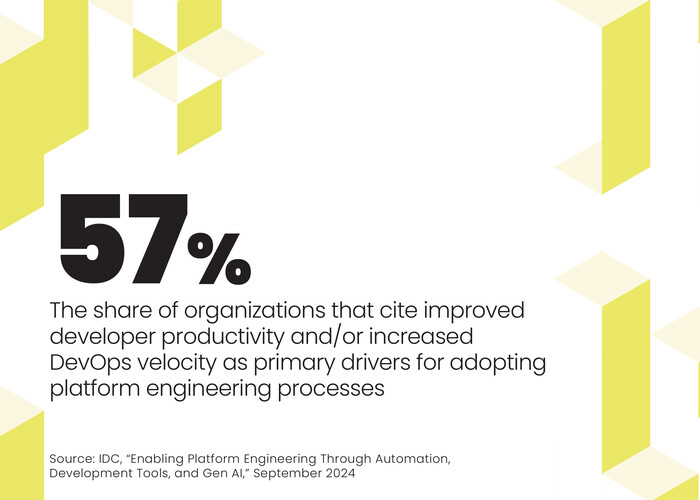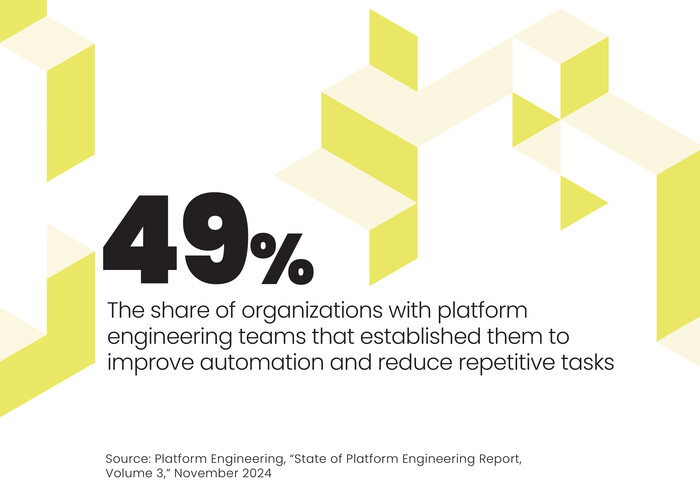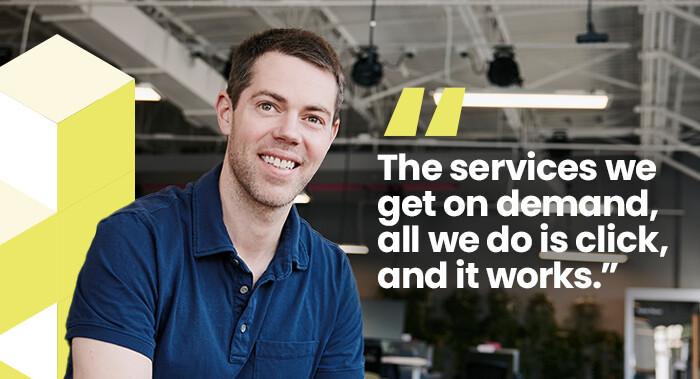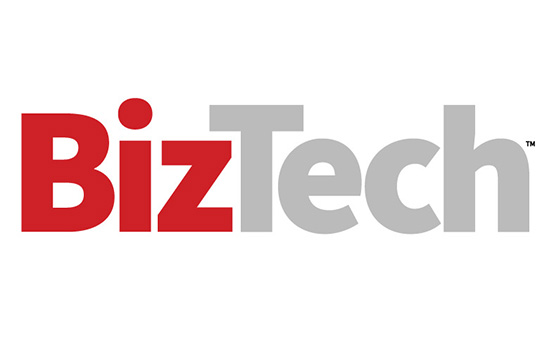After graduating from college in the late aughts, Dan Kuebrich worked as a software engineer for an online startup in Queens, N.Y. Fifteen years later, he remembers what it was like for the company to manage its own IT infrastructure.
“If one of your hard drives died, you’d take the subway over to Manhattan and physically go into the data center and pull it out and put in a new one,” he says. “Looking back, it’s unimaginable — not when you have so many other important things to do.”
One reason Kuebrich feels this way today is that his current employer, Fullstory, does all of its software development in the cloud. The Atlanta-based company is the creator of a behavioral data platform that technology professionals use to understand how customers interact with their web and mobile products.
As vice president of platform engineering with Fullstory, Kuebrich leads a team of developers who build and manage applications via Google Cloud Platform. When they first created Fullstory’s platform, they used Google’s App Engine to take a no-code approach without requiring on-premises infrastructure. Today, they use Google Kubernetes Engine to automate the deployment of containerized applications.
Click the banner below to read the full CDW cloud computing report.








